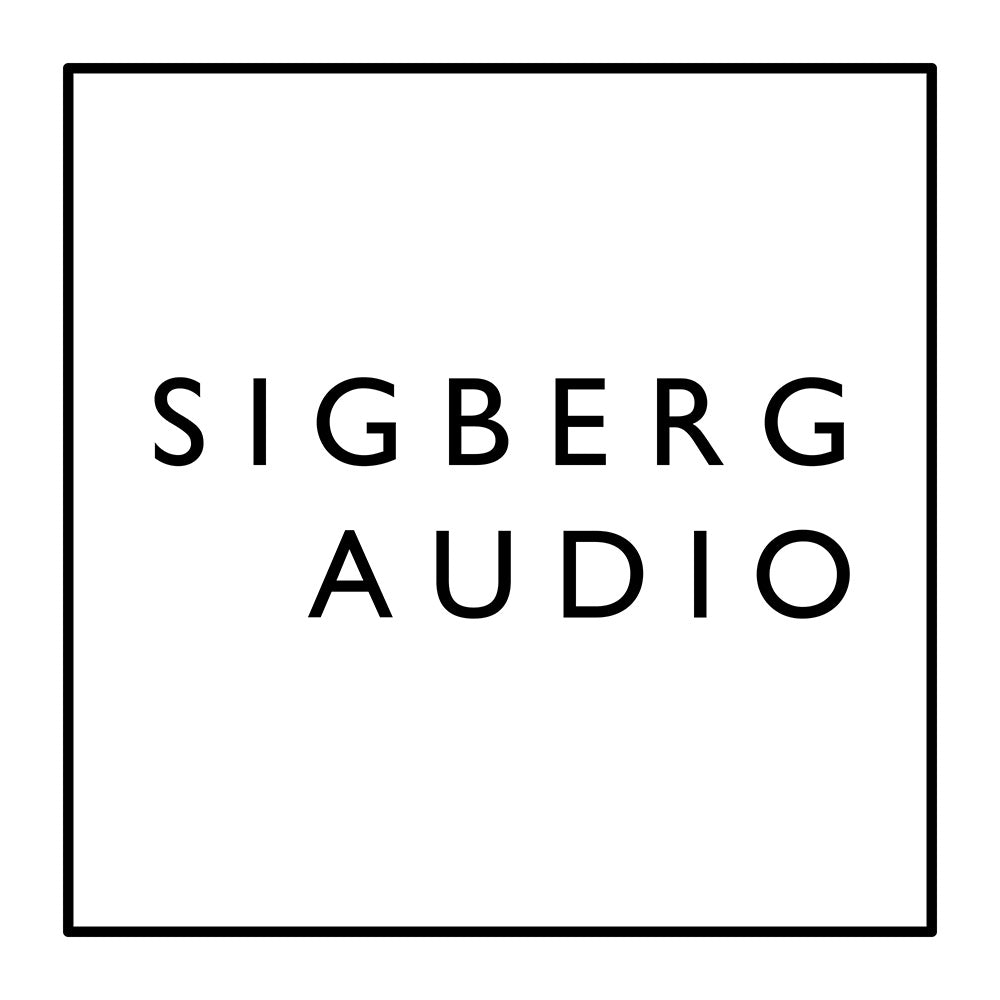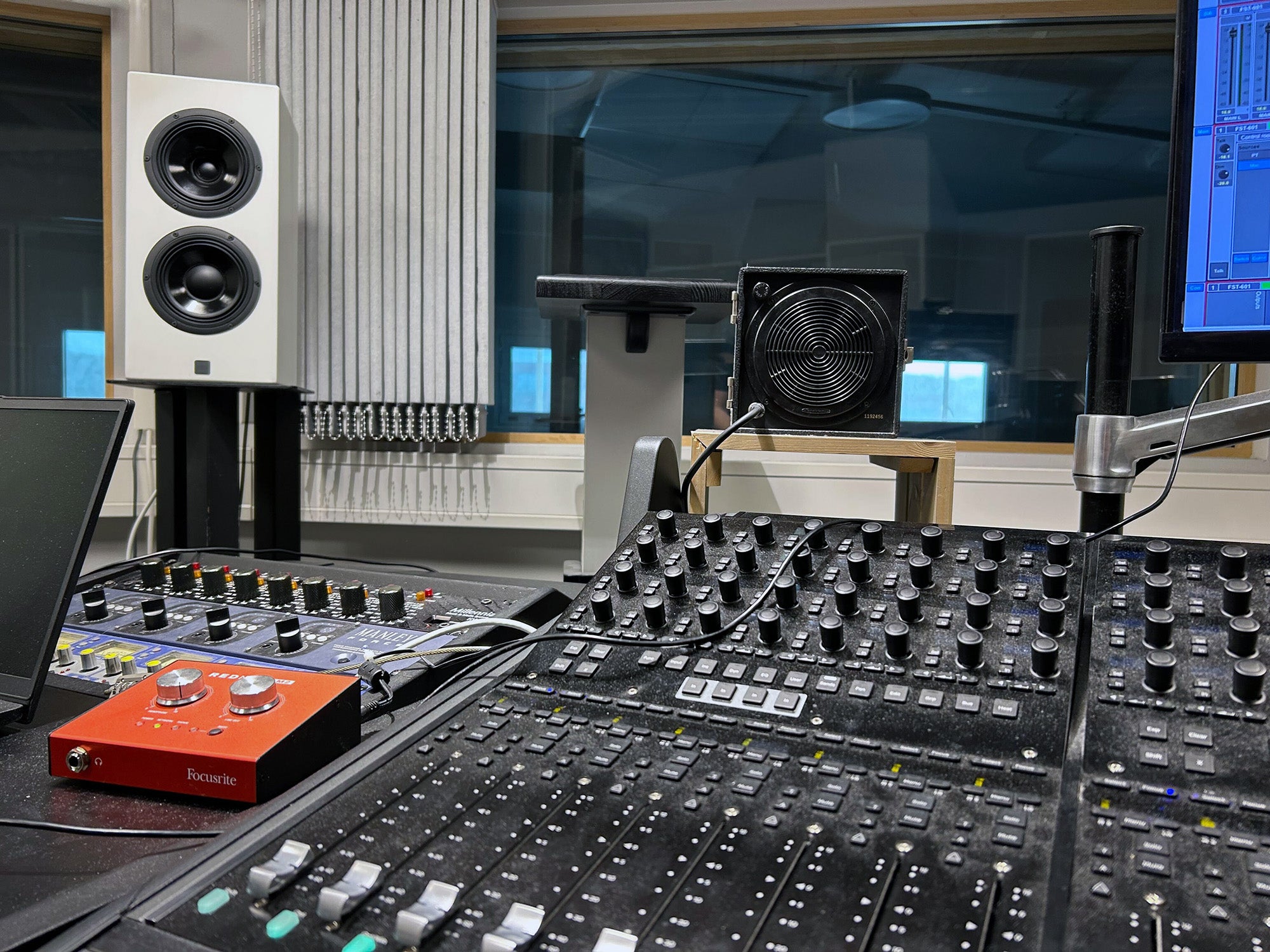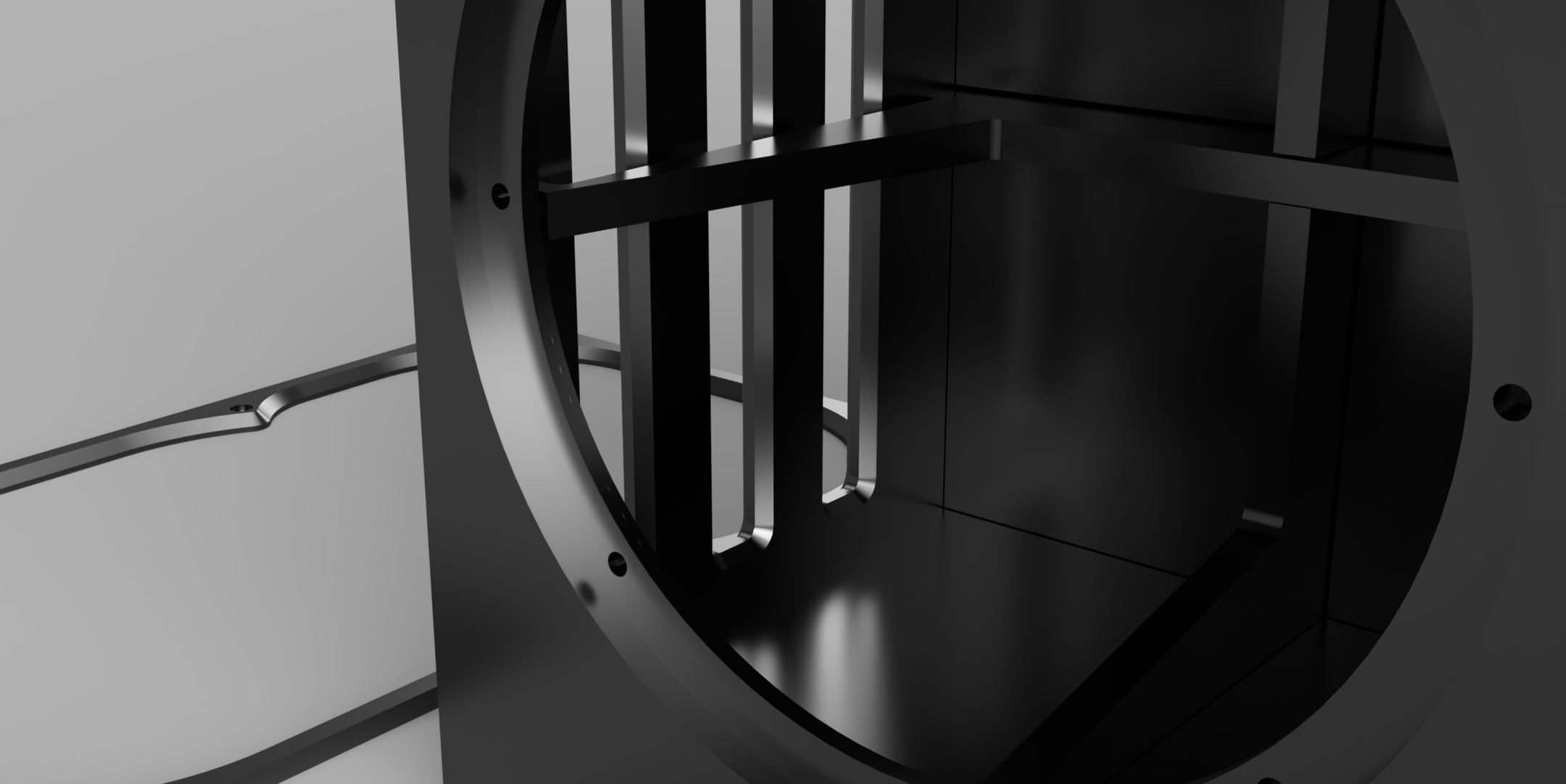Introduction
Kristiania University of Applied Sciences selected Sigberg Audio when they needed new monitors for one of their main studios.
We sit down with Claus Sohn Andersen (Head of Bachelor for Sound engineering & Music production) to learn how they ended up with Sigberg Audio, and what they think of their new monitors!
Can you tell us a little bit about the bachelor in sound engineering and music production at Kristiania?
The program goes back over 40 years. It started as Norsk Lydskole in 1984, educating mainly broadcast engineers. Since then, the name, and obviously the curriculum, has changed many times over the years. In 2017 we merged with Kristiania, and are now part of the largest higher education institution for the arts and creative industries in Norway.
The program is a three year bachelor’s degree, and we educate sound engineers for live sound, recording, mixing, and mastering, and provide our students with the necessary tools and overview to act as producers in the old-fashioned sense. Our students learn about analogue and digital signal flow, microphone techniques, acoustics, and signal processing. In terms of facilities, we have 9 studios at the students’ disposal, in addition to studios and rehearsal rooms for the other music-related programs.
That's a long and rich history! And for the benefit of our audicence, who are you?
My name is Claus Sohn Andersen. I've been playing in bands for years, and I hold a master’s degree in music technology from the NTNU University in Trondheim. I am also trying to finish my PhD in Music Production in between buying speakers and running the program! I’ve been teaching at the program since 2015, and been head of program since 2023.
The Sigberg Audio SBS.1 System
Thanks, let's dive into the topic of the day! First off - What is important to you in a studio monitor?
In my opinion, studio monitors need slightly different characteristics than home hi-fi. The latter primarily needs to elicit an emotional response, whereas the former also needs to replicate, as faithfully as possible, exactly what is going on in a recording. This doesn’t mean that a given speaker can’t do both, but it does mean that a studio monitor needs to be objectively accurate - while the hi-fi speaker only needs to ‘sound good’. A far more subjective criterion, to be sure!
Another important point is that our studios have many users and are running day and night, so reliability, sturdiness and serviceability are important factors as well.
You had a thorough process for selecting new monitors, can you walk us through how you did it?
We pride ourselves in making gear investments that last, as we know that the monitors we buy now will most likely be with us for 10-15 years.
The selection process started with discussions among the staff and with suppliers to identify relevant models in the right price range. We decided on four different brands in the fairly high-end section of the market that we wanted to test.
Sigberg Audio being one of those, and the other three were all well-known, industry standard brands and models. We put all four pairs up in the studio and did a blinded listening test. Five members of staff participated, and we had several criteria we evaluated in the process. Transient response, room coverage, frequency response/colouration, sound staging (both depth and width), listening fatigue, and so on.
The test ran over two days, and all in all I’d say the panel spent about 4-5 hours of active, critical listening before concluding.
Impressive! And what was the deciding factor(s) that made you choose Sigberg Audio?
The panel was surprised at how different the monitors we tested sounded. One might assume that once you’re in that price range, differences are small – you’d be wrong! All monitors were great speakers, but surprisingly the panel was unanimous in their preference.
We all judged the Sigberg Audio SBS.1 system to be best or second best on every single criteria! What really set them apart for both me and others in the panel, was the soundstaging. Both in terms of width and depth, the detail in placement of various elements was exceptional. Same goes for the sense of space in the music, the Sigbergs replicated that far better than the competition.
Another criteria where they excelled was transparency. By transparency, I mean a lack of spectral colouration – an accurate and transparent depiction of the frequency content in the music.
Third, the dispersion of the Sigbergs was a big plus for us. When you’re working at a mixing desk, you’re moving around quite a bit – fiddling with a knob here, pushing a fader there. So having quite a large sweet spot is an advantage. And, as the studios are used for teaching, having a uniform listening experience in the entire room was also a key element where the Sigbergs took the money and ran.
Finally, the fact that they’re the most local brand we could possibly get, with offices just half an hour from our campus, is both a cool thing in itself, but it also has a practical side – in the event something should happen, we don’t need to ship the speakers off to the UK or US for service.
That's awesome, we're proud to be the final choice in such a rigid evaluation! Final question: I know you've just got the monitors, but have you got any reactions to the Sigberg Audio system from other teachers or students that you can share?
As you say it’s early days still, but the few that have had a chance to listen to them all heap praise! And of course, the students all think it’s really cool that we’re going with a local, Norwegian brand.
They are curious and eager to get know the new babies in studio 601!






